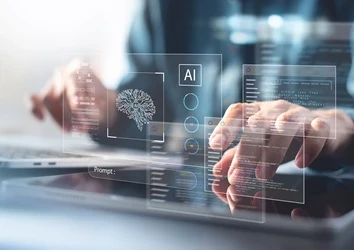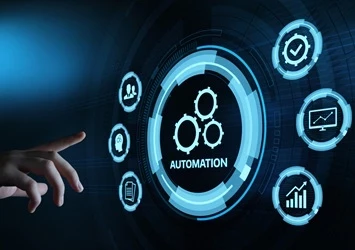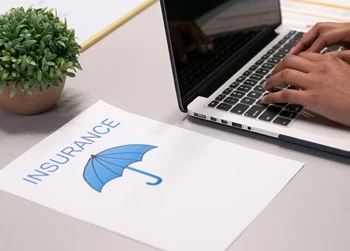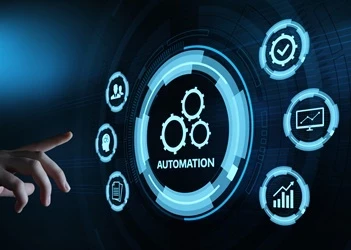Microsoft announces agentic automation with “bidirectional integration” between Copilot Studio & UiPath
Microsoft and UiPath customers can now automate and orchestrate complex business processes
Add bookmark
Microsoft announced agentic automation with a “bidirectional integration” between UiPath and Microsoft Copilot Studio.
The partnership aims to enable developers to embed UiPath automations and agents directly within Copilot Studio and integrate Copilot agents in UiPath Studio, meaning developers can orchestrate across platforms.
Join the PEX Network community

Don't miss any news, updates or insider tips from PEX Network by getting them delivered to your inbox. Sign up to our newsletter and join our community of experts.
Learn MoreBringing agentic automation and orchestration to life
Last year, Microsoft demonstrated how UiPath Autopilot can be seamlessly integrated into Teams and Copilot conversations.
The latest collaboration between Microsoft Copilot Studio and UiPath Studio unlocks new use cases and scenarios to help mutual customers solve unique business challenges, Microsoft stated.
“We believe in the power of people, agents and robots working together to solve tough, ambiguous business problems,” said Graham Sheldon, UiPath’s chief product officer. “This collaboration with Microsoft brings the promise of agentic automation and orchestration to life for our customers, offering unparalleled capabilities and flexibility.”
To enable the integration of UiPath agents and automations directly into Copilot Studio, UiPath has enhanced its Power Platform connector. Developers can now build actions, topics or agent flows that include UiPath agents and automations with ease.
Explore the rise of agentic AI and the future of process management
Automating complex business processes
Real-world business processes are complex, spanning IT systems offline documents and user actions. Microsoft and UiPath customers can now automate and orchestrate tasks that span multiple applications, semi-structured and unstructured documents and user actions, according to Microsoft.
The bi-directional connectivity unlocks several scenarios:
- Invoke UiPath agents and automations from Copilot Studio agents: “Dynamic input parameters in the connector enable Copilot Studio agents to hand off processes to UiPath agents with the necessary data required to complete the task.”
- Invoke Microsoft agents from UiPath Studio: UiPath Studio activities include the ability to use Copilot Studio agents as tools/functions in UiPath Studio, enabling UiPath agents “to handoff process to Copilot Studio agents.”
- Automate long-running and asynchronous processes: UiPath agents can now hand off a process back to the Copilot Studio agent to “resume processing and trigger flows.” This allows a Copilot Studio agent to delegate a task to a UiPath agent and wait for task completion before resuming the next steps.
Sangya Singh, Microsoft VP of power platform intelligent automations, said: “As we expand the surface area of what agents can do in the enterprise, we are making it easier for customers to achieve their agentic goals.”
Ramnath Natarajan, director of global intelligent automation and integration at Johnson Controls and PEX Network Advisory Board member, added: “You cannot automate a process in isolation; integrating across technology boundaries is necessary for real business impact. This bi-directional integration harnesses the combined strengths of Microsoft Copilot and UiPath agents to fully automate complex workflows across documents, emails, PowerApps and enterprise systems.”
All Access: Future of BPM 2026
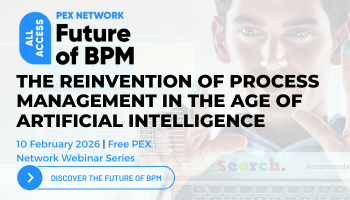
You asked, and we listened. Business process management (BPM) remains the cornerstone technology for driving organizational transformation, according to the survey results featured in the latest PEX Report. As we look toward 2026 and beyond, generative AI, agentic AI, and intelligent process orchestration are redefining how processes are designed, executed, and optimized. BPM is your key to adapting swiftly and effectively in this new era.
PEX Network is bringing together industry leaders, technology innovators, and thought leaders to answer your biggest questions and explore the advancements reshaping business today. And you're invited. Register for free to save your spot now!
Register Now




